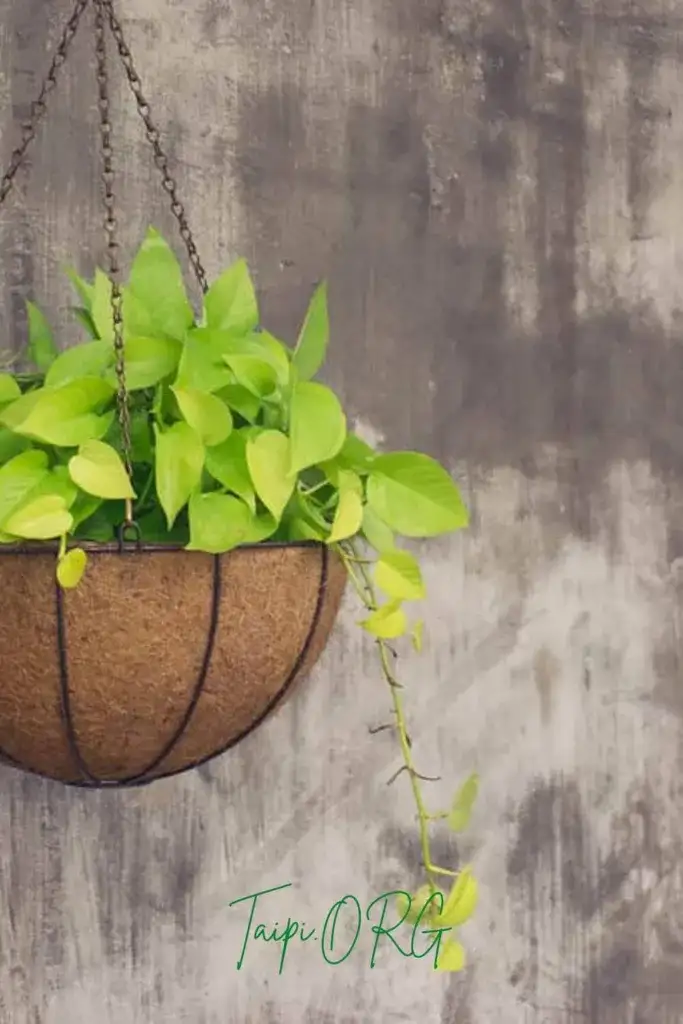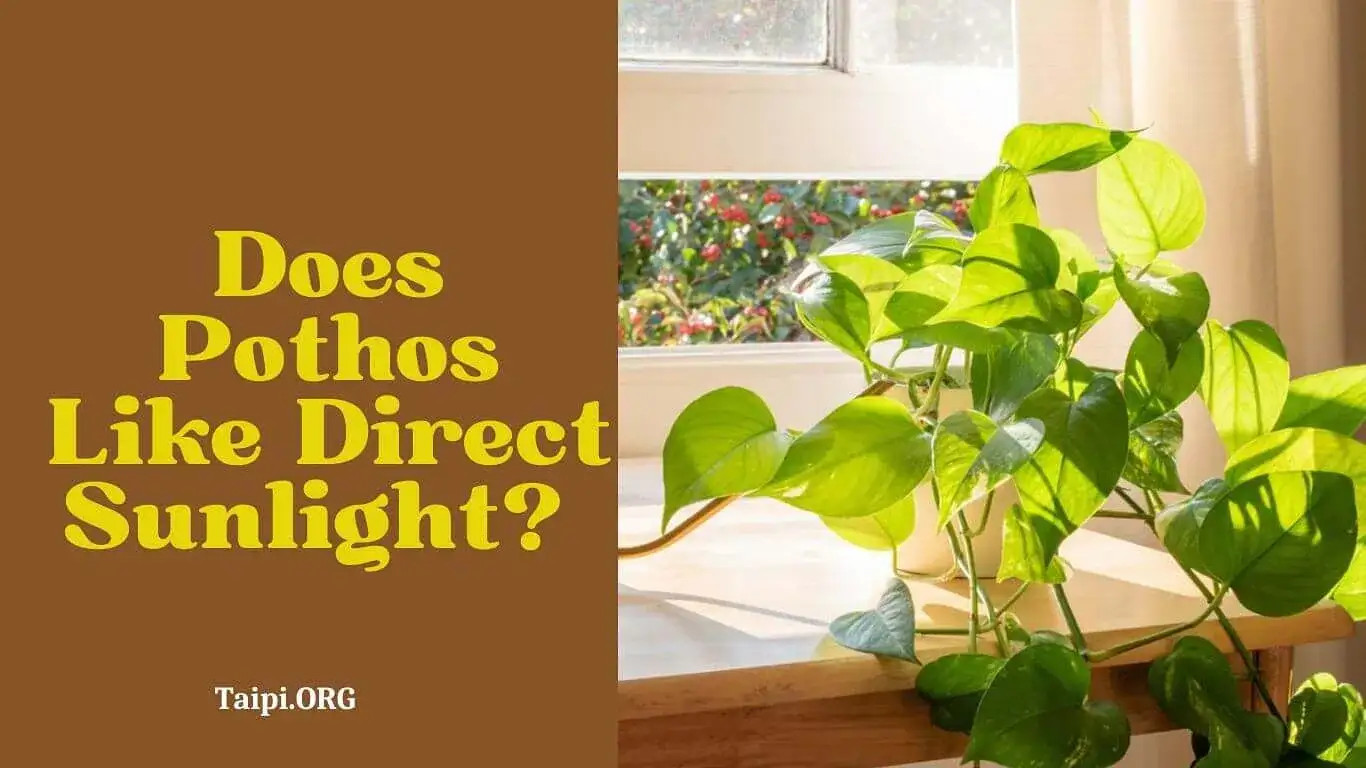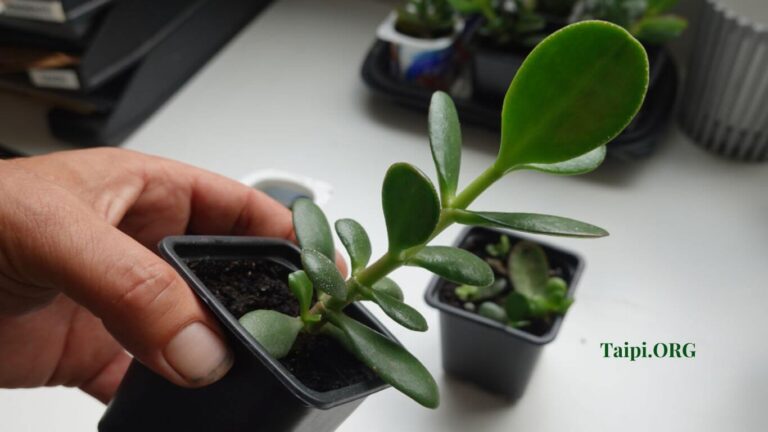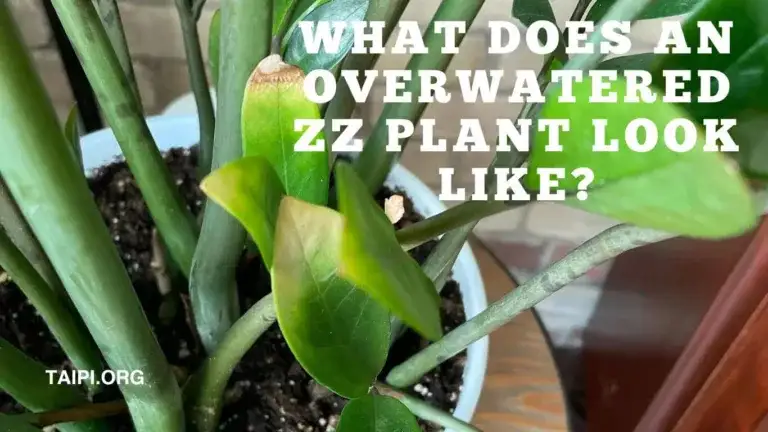Does Pothos Like Direct Sunlight?
POTHOS is cherished for its lush green foliage and low maintenance requirements. Its adaptability to various environments makes it a favorite among novice and seasoned plant enthusiasts. However, when it comes to sunlight, there is often confusion regarding whether Pothos thrives in direct sunlight or prefers more shaded conditions. So, does pothos like direct sunlight?
While it can tolerate some exposure to sunlight, pothos does not thrive in direct sunlight. Instead, the plant prefers bright, indirect light. Prolonged periods of direct sun can lead to leaf damage, sunburn, and overall stress for the plant.
Compare: Does Pothos Like Humidity?
Placing Pothos in locations with filtered or indirect light, such as near east or west-facing windows, helps prevent issues associated with excessive sunlight exposure and promotes healthier growth and foliage.
Understanding Pothos’ Natural Habitat

To comprehend Pothos’ sunlight preferences, we need to go back to its natural habitat.
Originating from the Solomon Islands in the South Pacific, Pothos typically grows as an epiphyte, climbing and trailing along trees in tropical rainforests.
In its native environment, it receives dappled sunlight filtering through the forest canopy, providing it with bright, indirect light.
Pothos’ Sunlight Preferences
Pothos exhibits a preference for indirect light rather than direct sunlight. While it can tolerate some exposure to sunlight, prolonged periods of direct sun can be detrimental to its health.
Here’s why:
Indirect Light
Pothos thrives in bright, indirect light conditions. Placing it near a window where it can receive filtered sunlight or in a room with ample ambient light is ideal.
Indirect sunlight helps prevent the risk of sunburn on its delicate leaves while still providing the necessary energy for photosynthesis.
Direct Sunlight
Direct sunlight, especially intense afternoon sun, can scorch your pothos’ leaves, leading to sunburn damage characterized by brown or yellow patches.
The sensitive nature of its leaves makes it susceptible to sunburn, which can hinder its growth and overall appearance.
How to Fix Too Much Sunlight on Pothos Plant
Exposure to too much sunlight can harm your Pothos plants greatly, causing issues such as sunburn, wilting, and leaf damage.
If you notice signs that your Pothos is receiving excessive sunlight, here are some steps you can take to remedy the situation and help your plant recover:
Provide Bright Indirect Light
Position your Pothos in a location where it can receive bright, indirect light for most of the day. East or west-facing windows are ideal as they provide gentle morning or afternoon sunlight.
Move the Plant/ Rotate Regularly
The first and most immediate action you can take is to relocate the Pothos to a spot with less direct sunlight. Find a location in your home where the plant can receive bright, indirect light instead of direct sun exposure.
Provide Shade

If moving the plant isn’t feasible, consider providing artificial shade using materials such as sheer curtains, blinds, or shade cloth. These options can help filter the sunlight and reduce its intensity, protecting the Pothos from excessive exposure.
Monitor Leaf Health
Keep an eye on the leaves of your Pothos for any signs of sunburn or stress. If you notice browning or yellowing of the leaves, move the plant to a location with less direct sunlight.
Monitor Light Levels
Keep an eye on the light levels in the area where your Pothos is located. Use a light meter or simply observe the intensity and duration of sunlight reaching the plant throughout the day.
Adjust the placement as needed to ensure the plant is not exposed to prolonged periods of direct sunlight.
Water Your Pothos
Excessive sunlight can lead to faster evaporation of water from the soil, potentially causing the Pothos to become dehydrated.
Ensure that you’re watering the plant adequately to maintain soil moisture levels.
However, be cautious not to overwater, as this can lead to other issues such as root rot.
Trim Damaged Leaves
If you notice any leaves that have been scorched or damaged by the sun, carefully trim them using clean, sharp scissors or pruning shears.
Removing damaged foliage can help redirect the plant’s energy toward new growth and prevent further stress.
Monitor Your Indoor Humidity


Pothos plants prefer a humid environment, similar to their natural habitat in tropical rainforests.
If you want to grow healthy pothos, increase humidity levels around the plant by misting it regularly with water or placing a humidifier (pictured ⬆) nearby. This can help mitigate the drying effects of excessive sunlight.
By taking these steps to mitigate excessive sunlight and provide optimal growing conditions, you can help your Pothos plant recover and thrive once again.
Because every plant is unique, it may take some experimentation to find the perfect balance of light and care for your Pothos.
Does Pothos Like Direct Sunlight FAQs
Q: Does pothos like direct sunlight?
A: Pothos generally prefers bright, indirect light rather than direct sunlight. While it can tolerate some exposure to sunlight, prolonged periods of direct sun can lead to leaf damage and sunburn. It’s best to place Pothos in locations where it can receive filtered or indirect light for optimal growth.
Q: How much sunlight can pothos tolerate?
A: Pothos can tolerate a moderate amount of sunlight but is sensitive to intense, direct sunlight, especially during the hottest parts of the day. It’s best to avoid placing Pothos in locations where it receives direct sunlight for extended periods to prevent leaf scorching and damage.
Q: What happens if Pothos gets too much sunlight?
A: If Pothos receives too much direct sunlight, it may experience sunburn, characterized by brown or yellow patches on its leaves. Additionally, excessive sunlight can cause the plant to become stressed, leading to wilting, drooping, and an overall decline in health.
Q: Can pothos be placed near a window?
A: You can place pothos near a window as long as it is not in intense direct sunlight. East or west-facing windows are preferable as they provide gentler morning or afternoon light. Using sheer curtains or blinds can help filter the sunlight and protect the plant from excessive exposure.
Q: How do I know if my pothos is getting too much sunlight?
A: Signs that your Pothos is receiving too much sunlight include leaf discoloration, browning or yellowing of the leaves, and overall leaf damage. If you notice these symptoms, move the plant to a location with less direct sunlight and provide it with proper care to help it recover.
Does Pothos Like Direct Sunlight? My Closing Thoughts
While Pothos is a resilient and adaptable plant, it thrives best in bright, indirect light rather than direct sunlight.
By providing optimal lighting conditions and monitoring its health, you can ensure your Pothos remains a lush and vibrant addition to your indoor space.







